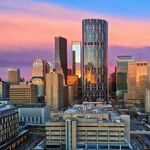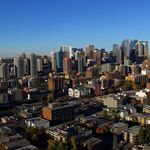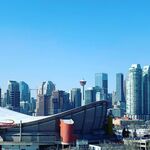Sure, you can do things faster with more inconvenience and more money. You have to think about it from a sub trade/sub sub contractor example.
Imagine you have a required step that needs to be done after step 5 and before step 7. For exclusive full shutdown site access, it requires 24 hours of good weather, and 24 hours on either side to prep everything needed to site, and 24 hours to remove everything from site after. It requires all your crews to concentrate on a single site for those 72 hours.
So, the city builds a tight schedule of 3 weeks for a full shutdown.
What does this mean for the contractor? They have to price in the risk that step 1,2,3,4 and 5 are not completed on time. They have to price in the risk that the weather isn't good. And since they need the full crew, they have to price in the opportunity cost of not doing other work from the first possible day of work, to lets say, 15 days later.
So the city ends up paying for 15 days of a crew to do 3 days of work.
In the alternative scenario, the company is given 2 weeks to complete their work, and a window of 2 months when they can expect to be completing it. They aren't required to show up on a given day, nor are they required to stop other work to surge onto the city project.
Under this scenario, even though it is the same amount of work, the flexibility allows the company to only plan for 3 days worth of total crew time.
So.
Does the city decide to spend 5 times as much to save time? Will the same people then try to kill the project due to cost? Will the higher cost generate more political pain city wide than construction disruptions? Will both contractor capacity and the cost mean the city gets a lot less stuff done despite spending way more?




